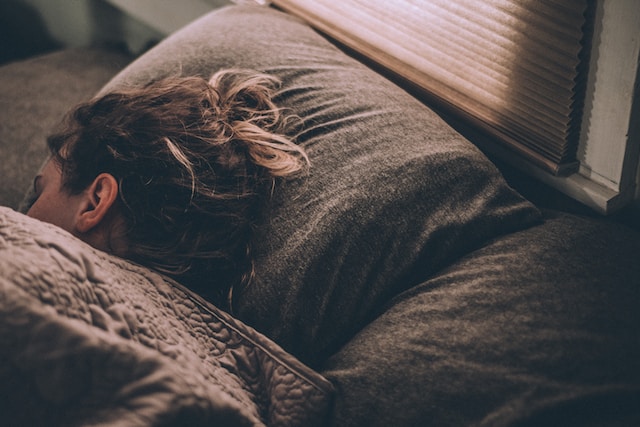The decision to sleep without a walking boot depends on the specific injury you are recovering from and the instructions of your medical professional. It is important to follow their guidance to ensure proper healing and prevent further injury.

Walking boots are typically used to provide support and immobilization to the foot and ankle after an injury, such as a fracture or sprain. They can help reduce pain and inflammation and promote healing by limiting movement in the affected area.
The length of time you need to wear a walking boot depends on the severity of your injury and how well it is healing. In some cases, your medical professional may recommend wearing the boot for several weeks or even months, while in other cases, it may only be necessary to wear the boot for a few days.
When it comes to sleeping in a walking boot, your medical professional will likely provide specific instructions based on your individual injury and healing process. In some cases, they may recommend that you wear the boot at all times, including when sleeping, to ensure that the affected area remains immobilized.
In other cases, they may recommend that you remove the walking boot when sleeping, as long as you follow certain guidelines to protect the injured area. For example, you may be advised to keep your leg elevated with pillows to reduce swelling, and to avoid turning or twisting your foot while you sleep.
It is important to follow your medical professional’s guidance and recommendations regarding sleeping with a walking boot, as failure to do so can lead to further injury or hinder the healing process. If you are unsure about whether or not you should sleep with your walking boot, it is important to speak with your medical professional for guidance.
In addition to following your medical professional’s guidance, there are some general tips that can help you sleep more comfortably with a walking boot. These include:
- Use pillows to elevate your leg: Elevating your leg with pillows can help reduce swelling and improve blood flow. This can help promote healing and reduce discomfort while you sleep.
- Avoid sleeping on your side: Sleeping on your side can put pressure on your foot and ankle, which can be uncomfortable and increase the risk of further injury. Instead, try sleeping on your back with your leg elevated.
- Use a knee scooter or crutches: If you are having trouble getting comfortable in your walking boot, using a knee scooter or crutches can help reduce pressure on your foot and make it easier to sleep.
- Wear comfortable clothing: Wearing loose, comfortable clothing can help reduce discomfort and make it easier to sleep with your walking boot.
- Use ice or heat therapy: If you are experiencing pain or discomfort in your foot or ankle, using ice or heat therapy can help reduce inflammation and relieve pain. Make sure to follow your medical professional’s instructions on how to use these therapies safely.
In conclusion, the decision to sleep without a walking boot depends on the specific injury you are recovering from and the instructions of your medical professional. If you are unsure about whether or not you should sleep with your walking boot, it is important to speak with your medical professional for guidance. Additionally, there are some general tips that can help you sleep more comfortably with a walking boot, including using pillows to elevate your leg, avoiding sleeping on your side, using a knee scooter or crutches, wearing comfortable clothing, and using ice or heat therapy as directed.
